Wood was an important building material in the past. Many people think of wooden houses as mountain dwellings, but wood is also found in lowland dwellings, even if it is not as visible. In the mountains, with forests covering large areas, wood was not a problem and houses were made from whole logs or square beams. In the lowland areas, with fewer forests, wood was used for the structural strength of the house and then covered with clay plaster. Trees being scarce, wood was an expensive material and whoever had them in the yard was rich. Remember acacia Moromete's?
Every piece of wood from the tree was valued and nothing was wasted. The branches were used to make walls. They were laid horizontally between the supporting pillars, formed a braid that was stiffened with clay (which was also a very good insulator). The walls were also plastered with clay and painted with lime and a drop of blue dye - sineal - to give a brilliant white. However, the posts of the porches, the eaves guards, the doors and the windows, which were adorned with carvings and cut-outs that looked like embroidery, remained visible. In addition to their aesthetic role, the elements included in the decoration were also intended to protect the house.
Symbols carved in wood can also be found on other traditional buildings in the country. We discover the art of folk craftsmen on old wooden churches and monasteries, on the houses and gates of the Maramureș region, on the pillars and trusses of houses in Bărăgan, Oltenia and Dobrogea, on the houses of the Saxons and the Cottian Saxons in Transylvania or in Bucovina, on the village trophies or on the benches at the gates. The carved symbols come from the distant past, most of them from the pre-Christian period, and were made to protect and purify the house, the village and the members of the community.
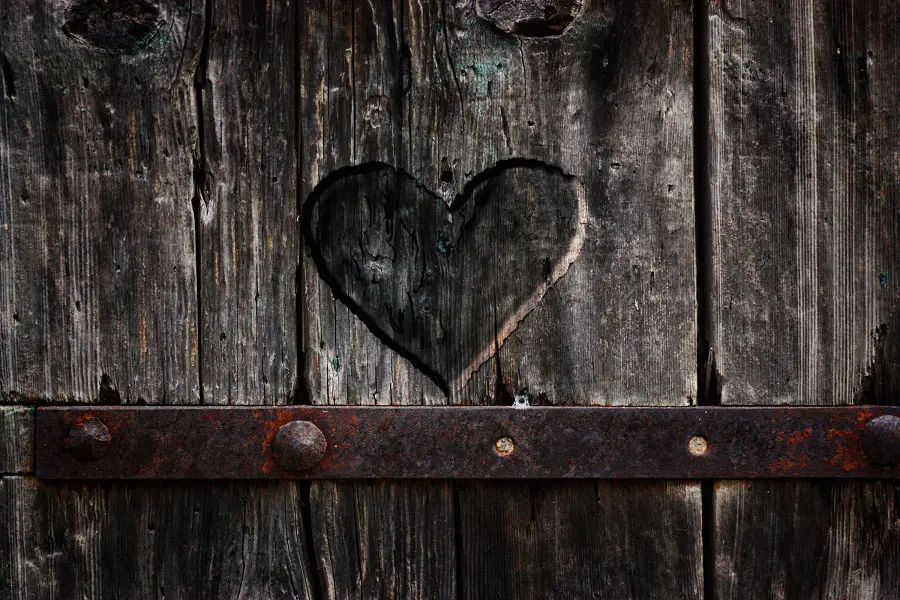
Symbols and superstitions used when building wooden houses
Popular beliefs and superstitions were already in place before construction began, with people being very careful about when and where the tree was cut. The tree was never cut from deep in the forest, from the dark areas 'where evil spirits hide'. It was felled on the full moon and brought home only on working days of the week when there was no fasting (Tuesday, Thursday or Saturday). It was the only way to protect the house and keep the workers' work. The felled trees that would be used to build the house were decorated beforehand to bring good luck and abundance. When the skeleton of the house was erected, an ornamented sapling was placed on the highest part of the roof. It was to protect both the workers and the new construction from fire and lightning. It is a tradition still preserved in the villages of the Bărăgan and Moldova.
From the first trees that were felled, four pieces were left in the forest for fire, water, thunder and God. In this way they hoped to tame the spirits and the house built from those trees would be protected from the evils mentioned and from others they were not thinking of (wood for God). If a tree was struck by lightning, it was not used in any way to build houses.
But folk beliefs are diverse and do not stop at building customs. Many of them were related to the way work was done or to events during construction. There were also superstitions related to life itself. In Muntenia, for example, it was believed that if a pregnant woman gathered the sawdust from the gealăul (a very large rind) used to gel the planks in her lap, she would give birth to a curly-haired child.

The most common symbols of folk architecture
Even during construction, various symbols were inlaid into the wood to protect the workers, the house and the future inhabitants. The sources of inspiration were nature, daily activities and the stars of the heavens. Each element was assigned a protective role and carved with the belief that they would be better protected from the evils of the world. Here are some of these symbols and their meanings:
- the twisted rope - symbolizes infinity, the link between heaven and earth, life with good and evil going together
- the sun - represents life and has several representations: circle, star, a round face
- the colacul - brings abundance into the home
- the tree of life - life without end, life without death, but also verticality
- the fir - life, verticality
- snake - guardian of the household (house snake)
- the wolf's tooth - defender against charms
- horse's head - maretia, guardian against evil spirits (it was carved on the ends of roof beams at the corners of houses)
- rooster - hardiness, generosity; hope, because its crowing drives away the darkness associated with evil
- peacock - the beauty of life
- the pillar of life - the link between heaven and earth, the aspiration towards divinity (Brancusi's inspiration for the Infinity Column)
- ram's horns - courage, virility, fertility
- triangle - Holy Trinity
- the cross - faith.
The same symbols were also used to shelter animals, fences or gates. No one ignored the protective role of symbols and risked divine punishment by ignoring them.

Symbols that purify and beautify
The symbols were also well highlighted on the gates. It's best seen on the gates of Maramureș, those of Bukovina or those of the Saxon and Secler villages. Even passing under the gate was symbolic. In the old days, it was the man who went out - to work, to the market or to battle. When he returned home, it was assumed that he had come laden with the evils of the world, diseases, curses and spells, and entering the symbol-laden gate purified him. Only then, cleansed of evil, could he go to his wife and children.
The tradition of decorating houses and gates has been preserved in some places to this day. In addition to the ancient symbols, images of the everyday life of community members have emerged. The folk craftsmen try to immortalize the present in wood, which is also a way of writing the history of the place.
Old houses convey information about us, about our history and customs. They are the roots that bind us to these places. Instead of tearing them down, we could try to modernize them, keeping the look and the history embedded in them. Years ago, I was on vacation in a village in Germany, in a house that was hundreds of years old. It had been altered inside to bring in the facilities of the modern world, but the transformation had been done with care and attention, elements of the old structure blended with contemporary ones. On the outside it looked like a very old house, but not dilapidated. The original appearance had been entirely preserved. The house had never been alienated, the current owner being a descendant of those who built the house hundreds of years ago.
We should also try to save old peasant houses. Modern construction solutions are so diverse and we can live in such a house without depriving ourselves of the benefits of civilization. And if it is impossible to save the whole house, we can try to save parts of it, beams, railings, guards, old wooden gates, which convey the idea of continuity. Let the symbols carved in them remain, and in this way we learn about ourselves.
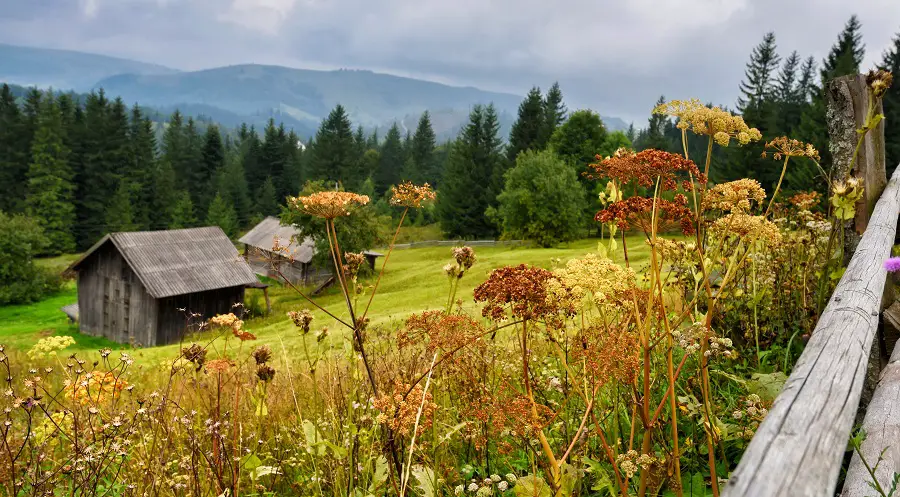




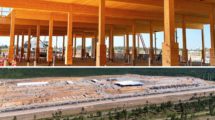

















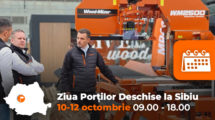


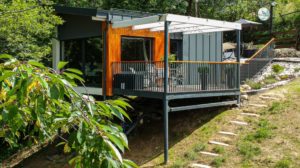


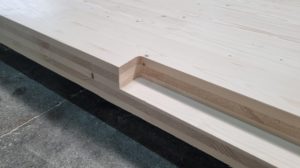
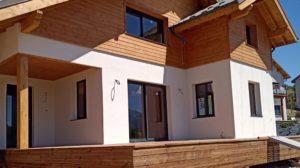

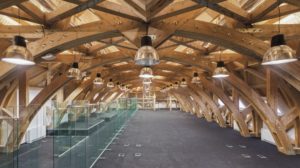



Add comment